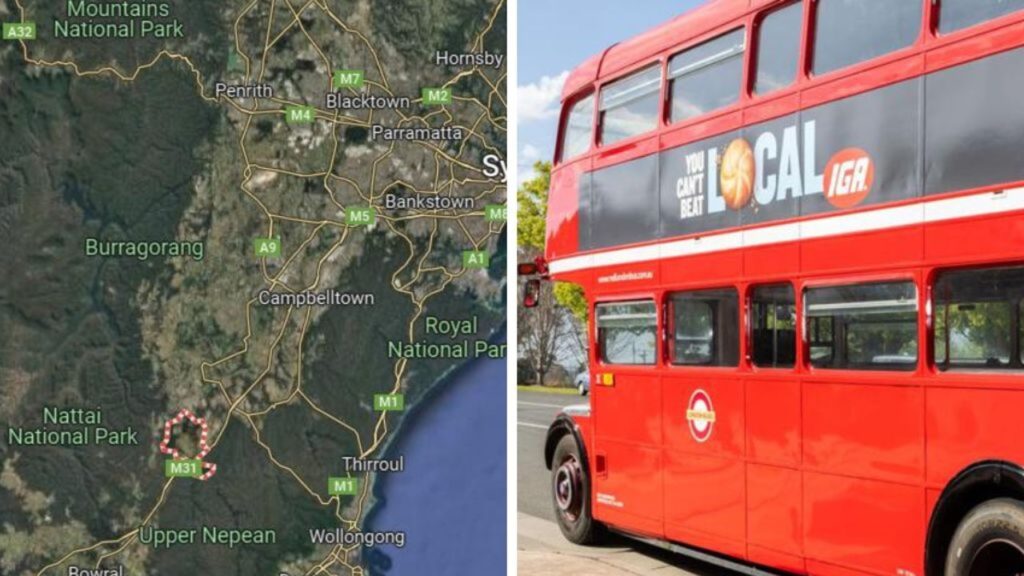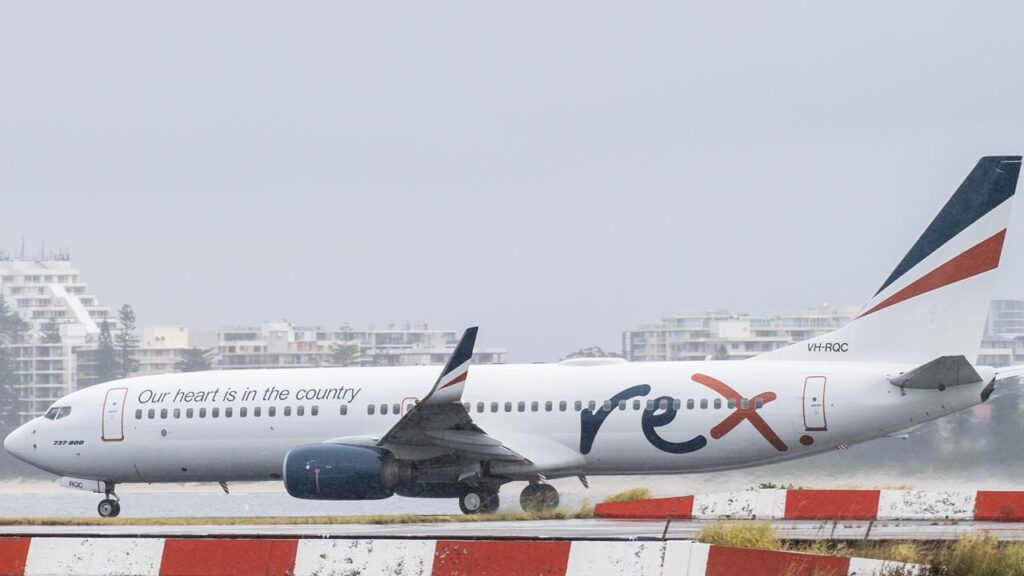Dire sign in latest housing figures
Written by admin on July 30, 2024
Approvals for new homes in June have fallen 6.5 per cent, breaking a five-month growth streak in a worrying sign for the strength of the housing sector.
The Australian Bureau of Statistics on Wednesday released the latest data showing a drop in approvals for dwellings to a total of 13,237 for June.
ABS head of construction statistics Daniel Rossi said the fall was mainly driven by NSW which experienced a collapse with just 1597 private houses approved in June.
“This is the lowest recorded figure for NSW since 2013,” he said.
“Over the past 12 months, there have been a total of 162,892 dwellings approved, compared to 177,936 in the 12 months prior, representing a 8.5 per cent decrease, in original terms.
“This is the lowest number of dwellings approved on a financial year basis since 2011/12.”
Mr Rossi said material and labour shortages were continuing to affect the housing sector, with the average approval value for new houses rising by $19,444 between June 2023 and June 2024.
Approvals for private sector apartments and townhouses hit a near 12-year low. Just 29,388 apartment units were approved in the 12 months to June 2024, compared with 40,443 in the previous 12 months.
“Private sector dwellings excluding houses fell by 19.7 per cent in June, reaching the second lowest monthly level recorded since January 2012,” he said.
“The June figure represents a yearly fall of 22.1 per cent compared to the same month last year.
“Conditions for apartments remain challenging owing to high construction costs and higher interest rates.”
Oxford Economics Australia senior economist Maree Kilroy said apartment approvals were pulling down the sector, but there was some signs of hope for houses.
“We have passed the worst for house approvals, with monthly volumes running about 10 per cent above a year ago,” Ms Kilroy said.
“There are still question marks as to when the apartment trough will be hit.”
She said there should be further approvements in 2025, if there are cuts to interest rates and as state and federal government support continues.
“This improvement will be slow going however, as entrenched trade labour shortages place an impactful speed limit on the early-stage recovery,” she said.
“New dwelling supply is now counting towards the National Housing Accord 1.2 million dwelling target.
“Allowing for a normal level of drop out to project completion, approvals need to average closer to 250,000 for the next five years.”
The value of total building approved fell 7.0 per cent to $12.06bn in June, following a 0.4 per cent rise in May.
The biggest driver of the fall was in non-residential building which fell 16.2 per cent to $4.46bn.







